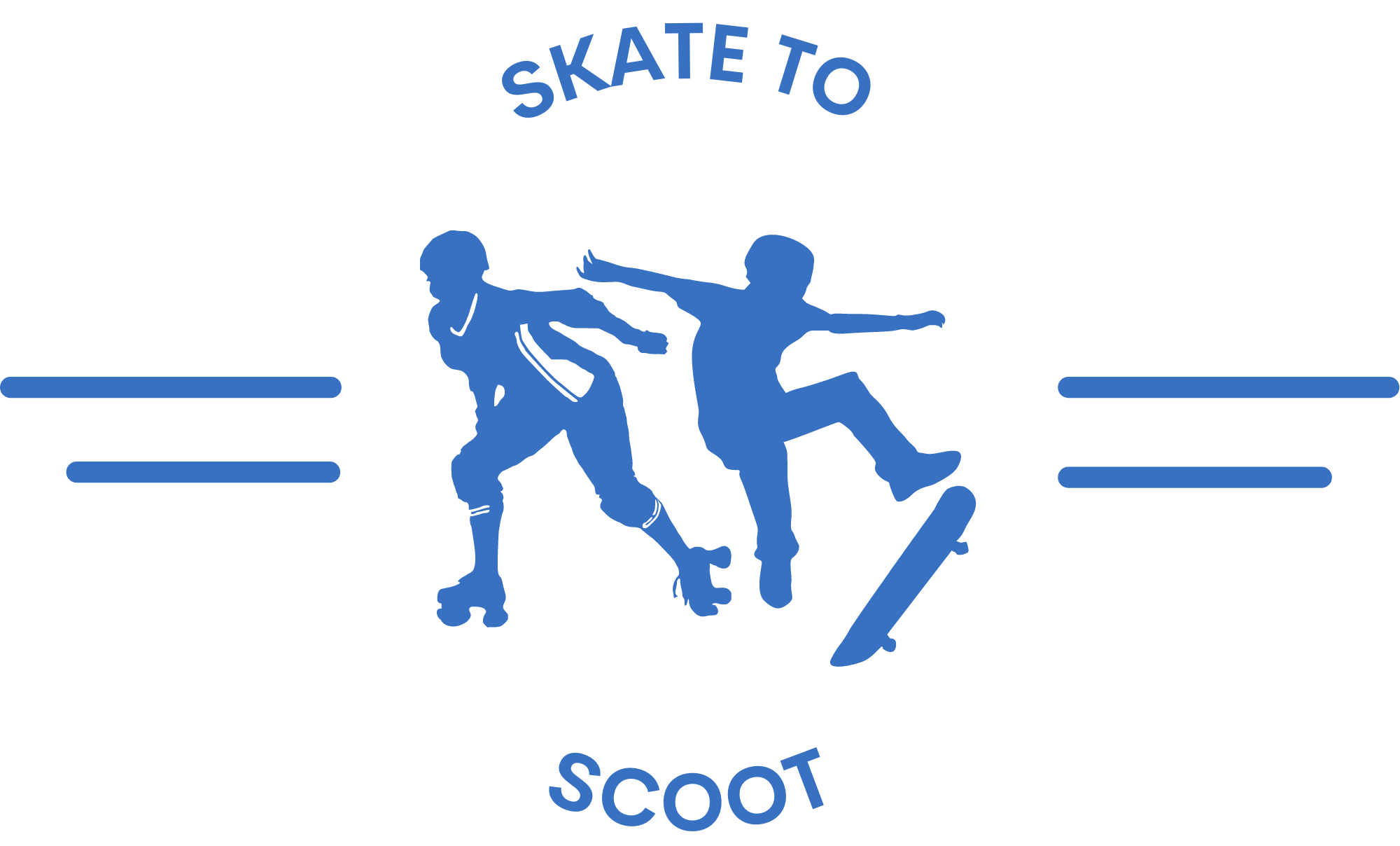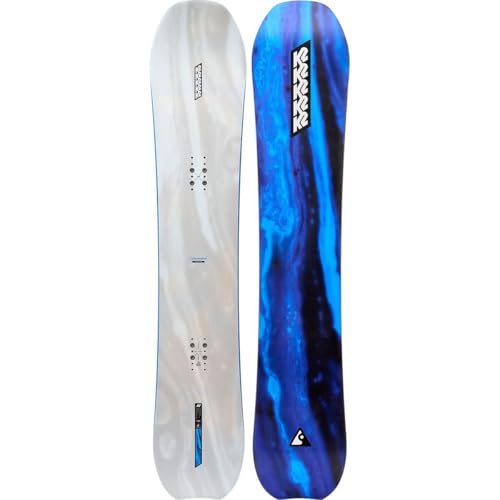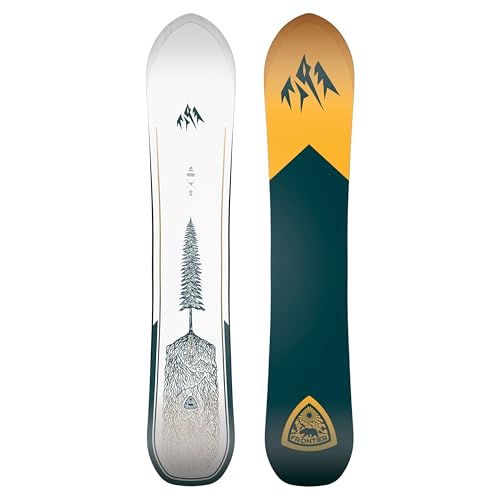7 Best Freeride Snowboards of 2026
This post contains affiliate links. As an Amazon Associate, we earn from qualifying purchases.
Choosing the right freeride snowboard can be overwhelming, especially when balancing performance in deep snow, stability at speed, and versatility across terrain. The best freeride snowboards solve this by combining directional shapes, medium-to-stiff flex, and hybrid camber profiles that deliver powerful carving, reliable edge hold, and effortless float in powder. Our top picks were selected through rigorous evaluation of performance data, rider feedback, expert reviews, and key features like core construction, base material, and sustainable manufacturing practices. Below are our recommended freeride snowboards for every style and budget.
Top 7 Freeride Snowboards in the Market
Best Freeride Snowboards Review
Freeride Snowboard Comparison
| Product | Rider Type | Board Shape | Sidecut | Profile | Flex | Key Features |
|---|---|---|---|---|---|---|
| CAPiTA Mega Death | All-Mountain/Freeride | Directional (0.8″ Setback) | New Age Progressive Death Grip | Directional | 6.5/10 | Best Overall |
| JONES Frontier | All-Mountain | Directional Rocker | 3D Contour Base 1.0 | Directional Rocker | Medium | All-Mountain Versatility, Sustainable Materials |
| CAPiTA Black Snowboard of Death | All-Mountain/Freeride | Directional (0.8″ Setback) | New Age Progressive Death Grip | Hybrid Camber | 6.5/10 | Aggressive Riding |
| CAPiTA Kazu Kokubo Pro | All-Mountain/Freeride | Directional Twin (0.8″ Setback) | Radical Taper | Hybrid Camber | 6.5/10 | Precision Carving |
| Symbolic Arctic | All-Mountain/Freeride | Rocker | N/A | Hybrid/Rocker | N/A | Best Value, Wood Core |
| System MTN & APX Package | All-Mountain/Freeride | Camber-Rocker-Camber | N/A | Camber-Rocker-Camber | N/A | Complete Package, Lightweight Bindings & Boots |
| K2 Commonwealth | Freeride | N/A | N/A | N/A | N/A | Durable Performance, Wax Infused Base |
How We Evaluated Freeride Snowboards
Our recommendations for the best freeride snowboards are based on a data-driven approach, combining expert analysis with extensive research of available product specifications and rider reviews. We prioritized boards exhibiting features aligned with the demands of off-piste riding – directional shapes, medium-to-stiff flex ratings, and hybrid camber profiles discussed in our Buying Guide.
We analyzed performance data from snowboard manufacturer websites, independent review sites like [relevant snowboard review site – replace this], and user feedback from online retailers. Comparative analysis focused on key features like effective edge, sidecut radius (particularly progressive options like CAPiTA’s “New Age Progressive Death Grip”), and base material quality (assessing the benefits of sintered versus extruded bases).
Where possible, we considered testing reports from professional snowboarders and publications, focusing on performance in deep snow, stability at speed, and carving ability. We weighted boards with sustainable material choices, like the JONES Frontier, as a positive factor, reflecting growing consumer demand for environmentally conscious products within the snowboard industry. Ultimately, our selections represent the most consistently high-performing Freeride Snowboards based on the available data and a thorough understanding of rider needs.
Choosing the Right Freeride Snowboard
Understanding Board Shape & Setback
The shape and setback of a freeride snowboard dramatically impact its performance. Directional boards, like the CAPiTA Mega Death and CAPiTA Black Snowboard of Death, are designed to be ridden primarily in one direction. They typically have a longer nose than tail, providing better float in powder. The setback (distance the bindings are positioned behind the center of the board) further enhances this float and stability at speed. A larger setback (like the 0.8″ found on several models) is ideal for aggressive freeriders who prioritize deep snow performance. Conversely, a Directional Twin shape (CAPiTA Kazu Kokubo Pro) offers some versatility for switch riding while still maintaining a freeride focus. Consider your riding style – if you’re mostly pointing it downhill, a directional board with significant setback is the way to go. If you like to mix in some switch riding, a directional twin might be a better fit.
Flex: Finding the Right Balance
A snowboard’s flex is a crucial factor in how it rides. Generally, freeride boards fall in the medium to stiff range. A softer flex (lower number, like a 5/10) provides a more playful and forgiving ride, suitable for lighter riders or those who prefer a less demanding board. However, stiffer flexes (6.5/10, common in many freeride models) offer superior stability at high speeds and better power transmission for aggressive turns. Stiffer boards are preferred by heavier riders or those who ride aggressively in challenging terrain. The CAPiTA models and JONES Frontier all feature a 6.5/10 flex, indicating they’re designed for confident, powerful riding.
Profile: Camber vs. Rocker & Hybrids
The profile of a snowboard – the shape of the base when viewed from the side – significantly impacts its performance. Camber provides excellent edge hold and pop, making it ideal for carving. Rocker (or reverse camber) offers more float in powder and a looser, more playful feel. Many freeride boards utilize hybrid profiles, combining the best of both worlds. For example, the System MTN board uses a camber-rocker-camber profile. Hybrid Camber (CAPiTA Black Snowboard of Death, CAPiTA Kazu Kokubo Pro) combines camber underfoot with rocker in the nose and tail, offering a balance of edge hold, float, and maneuverability. Consider where you spend most of your time on the mountain – if you prioritize powder, a board with more rocker is beneficial. If you prefer hardpack carving, camber is key.
Other Important Considerations
- Sidecut: Affects turn radius. Progressive sidecuts (like the “New Age Progressive Death Grip” on CAPiTA boards) offer a versatile feel, allowing for both short and long radius turns.
- Base Material: Sintered bases (like on the K2 Commonwealth) are faster and more durable than extruded bases but require more maintenance.
- Core Materials: Wood cores (found in the Symbolic Arctic and others) provide a lively and responsive feel.
- Sustainability: If environmentally friendly products are important to you, consider boards like the JONES Frontier, which incorporate sustainable materials.
- Complete Packages: For beginners or those wanting convenience, a complete package (like the System MTN and APX) can be a great option.
The Bottom Line
Ultimately, selecting the best freeride snowboard depends on your individual riding style, skill level, and preferred terrain. From the all-around performance of the CAPiTA Mega Death to the sustainable design of the JONES Frontier, there’s a board to suit every freerider’s needs.
Consider the key factors we’ve discussed – shape, flex, and profile – alongside your own preferences to narrow down your choices. Investing in a well-suited freeride snowboard will unlock a new level of enjoyment and performance in the backcountry and beyond.







